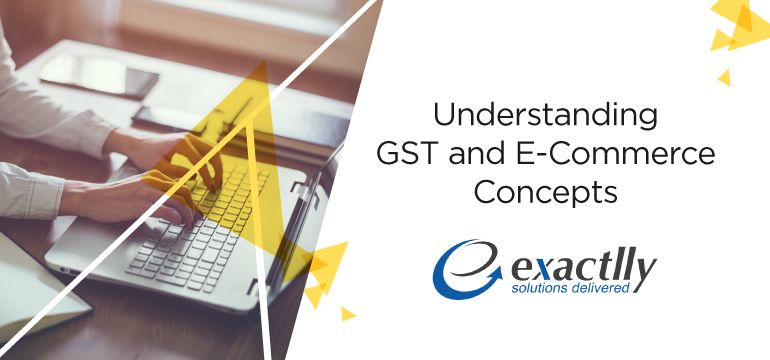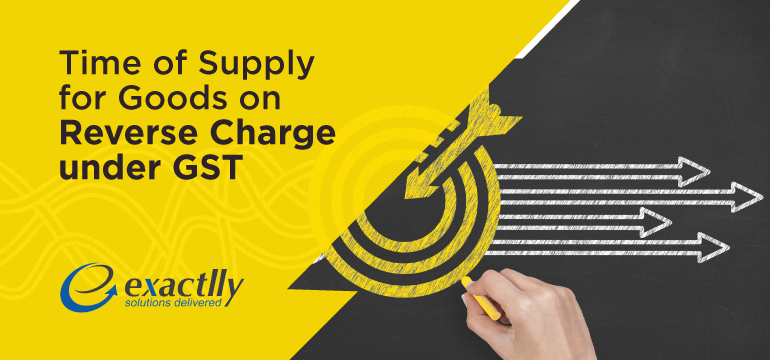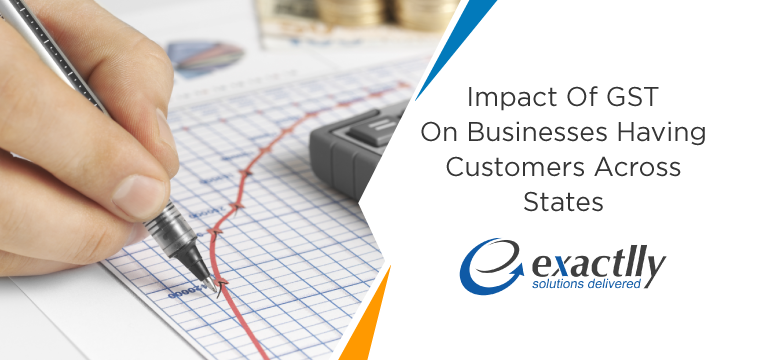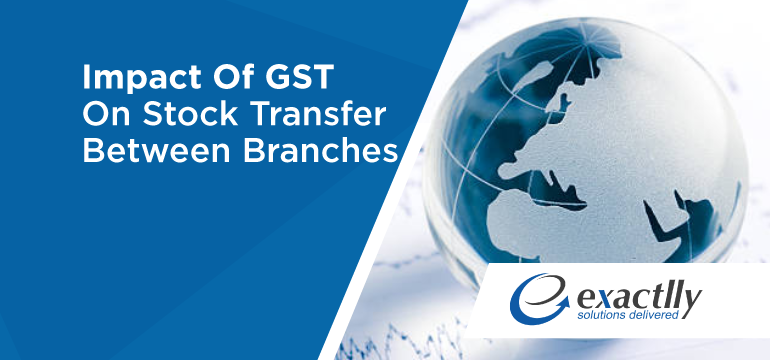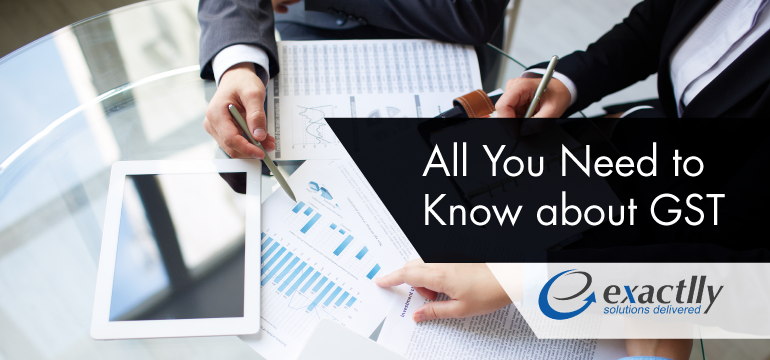Basics on GST Payments – All You Need To Know
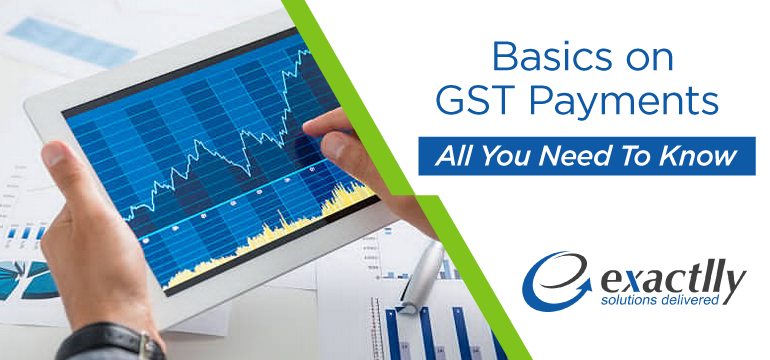
GST returns are mandatorily required to be provided on a monthly basis under the GST regime. Ever taxpayer must file his returns diligently by the 20th of every subsequent month. In case such tax due has not been paid, it shall accrue from the day on which it was due to be paid. Further, the return so furnished (without tax paid on it) will become an invalid return and not paying the tax due for a month, enables the taxpayer not to furnish his returns for the subsequent month as the portal will not accept an invalid return. Thus, all these factors make it important to understand tax payment under the GST regime so that one can avoid non-payment of due tax and further avoid the penalties related thereto.
The GST portal has three sets of ledgers for payment of tax as follows:
|
Ledger |
Description |
| Electronic Tax Liability Register | This ledger debits the liabilities of a taxpayer towards tax, interest, any penalty, late fee etc. |
| Electronic Cash Ledger | This ledger credits the deposits that taxpayers make towards payment of interest, tax, penalty, late fee etc. due as per the Electronic Tax Liability Register. |
| Electronic Credit Ledger | This ledger credits input tax credit (ITC) claimed by way of Form GSTR-2. This ledger cannot be used for debit or credit of payment towards tax, interest, late fee, penalty etc. |
Balance from the electronic cash ledger may be used for payment of liabilities arising out of the electronic tax liability register. When such amount due is paid, the electronic tax liability register will be credited and simultaneously the electronic credit ledger will be debited. Further, the electronic cash ledger will also be debited to the effect of the amount used for making the payment and clearing the dues.
As an illustration, F&M Clothing’s balance as on November 20, 2017 reads as follows:
- Electronic Tax Liability Register – CGST liability of INR 50,000; SGST liability of INR 50,000 and IGST liability of INR 1,00,000
- Electronic Credit Ledger – CGST credit of INR 40,000; SGST credit of INR 40,000 and IGST credit of INR 60,000
- Electronic Cash Ledger – No deposits
In this case, first the liability amount will be used to set off tax against the credit in the electronic credit ledger, in the order of first the CGST liability, followed by the SGST liability and the IGST liability.
Next, the electronic cash ledger will be used to make the payment of the tax liability so remaining as the balance by way of deposit of money. This amount will be deposited by F&M Clothing in the electronic cash ledger. Conditions to be met for making such deposit:
- Generation of challan from the GST portal by way of Form GST PMT-6 which include furnishing details such as amount deposited towards the tax, penalty, interest, late fee etc. The challan once generated, will be valid for 15 days.
- The payment can be done via internet banking or use of credit or debit cards through authorized banks, through NEFT or RTGS modes (mandate form valid for 15 days will be furnished along with the challan on the GST portal), or by way of over the counter payment through any authorized bank for an amount not exceeding INR 10,000 per challan during one tax period, or through a demand draft or cheque.
- Challan identification number must be generated once the deposit amount is paid and credited to the concerned account as per the GST portal. Once the challan identification number is received, the amount will be credited in the electronic cash ledger.
As per the illustration above, F&M Clothing deposits INR 60,000 on November 20, 2017 – once credited this amount will be used to be adjusted against the CGST, SGST and IGST in that order of liabilities.
Taxpayers also must keep in mind the various forms for tax payments under the GST. We have provided a brief snapshot of the requisite forms as follows:
|
Form |
Description |
| Form GST PMT-1 | Maintaining the electronic tax liability register |
| Form GST PMT-2 | Maintaining the electronic credit ledger |
| Form GST PMT-3 | Issued by an authorizing officer with regard to any order of rejection of refund claims as per the balance in the electronic credit ledger or cash ledger |
| Form GST PMT-4 | To communicate any discrepancies found in the electronic credit ledger |
| Form GST PMT-5 | Maintaining the electronic cash ledger |
| Form GST PMT-6 | For furnishing details pertaining to the challan in respect of payment of tax, late fee, interest, penalty or any other such amount |
| Form GST PMT-7 | For informing the authorities that the bank account has been debited but the challan identification number has not been generated or communicate to the GST portal |

